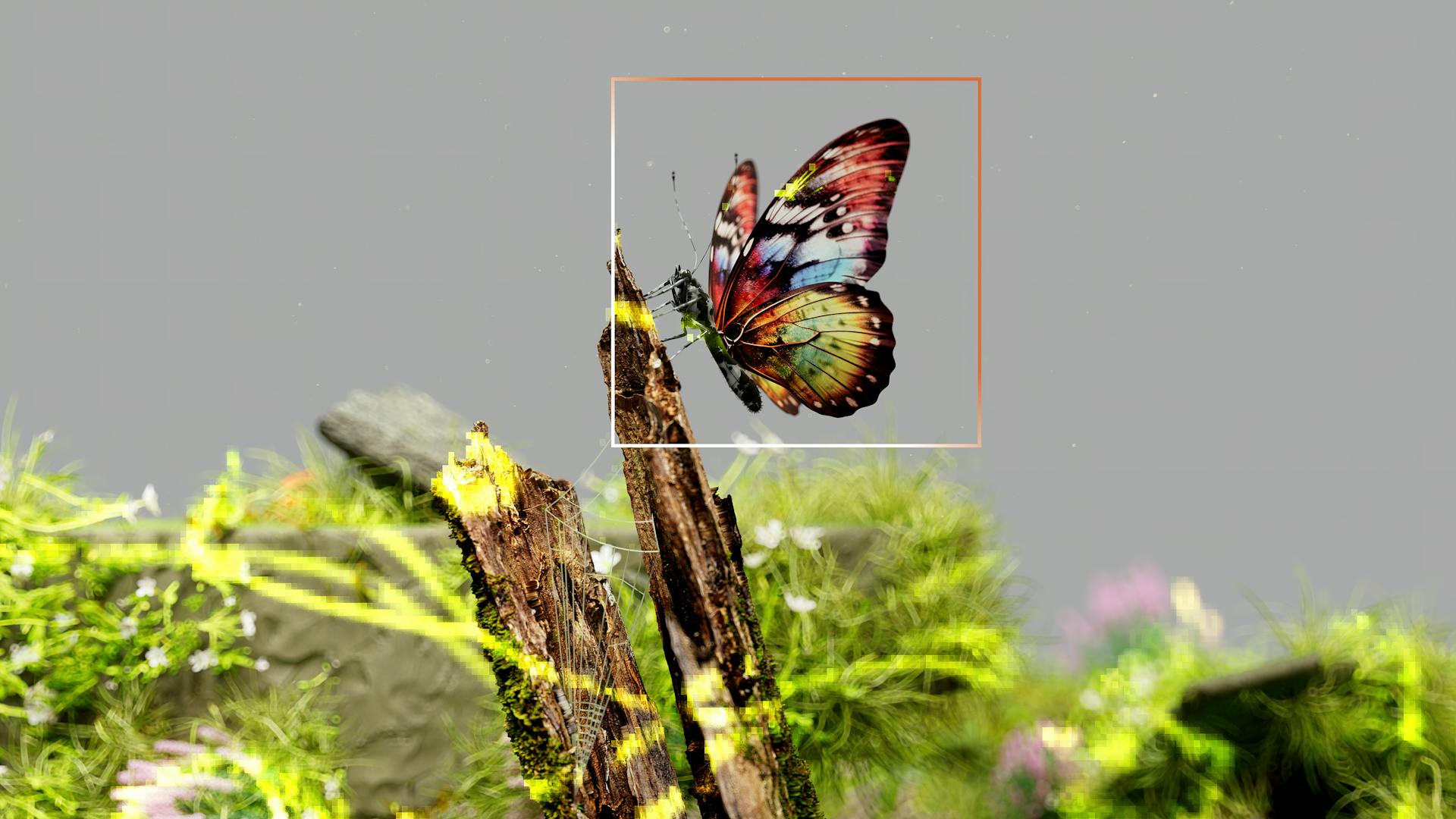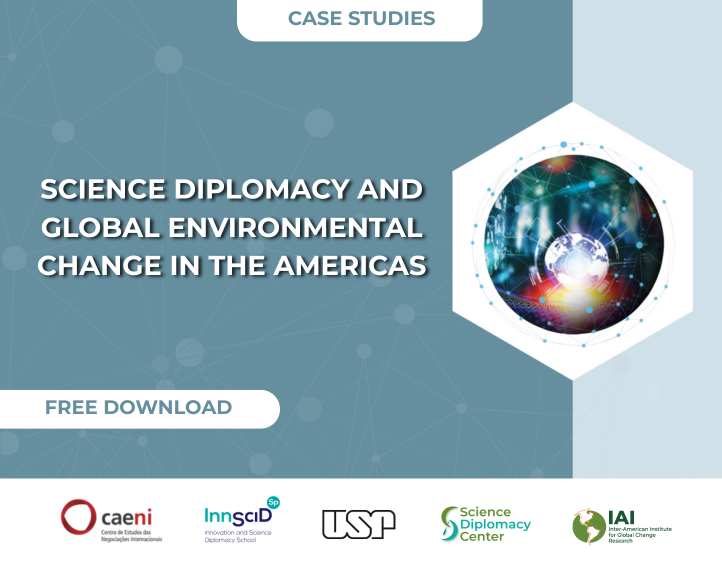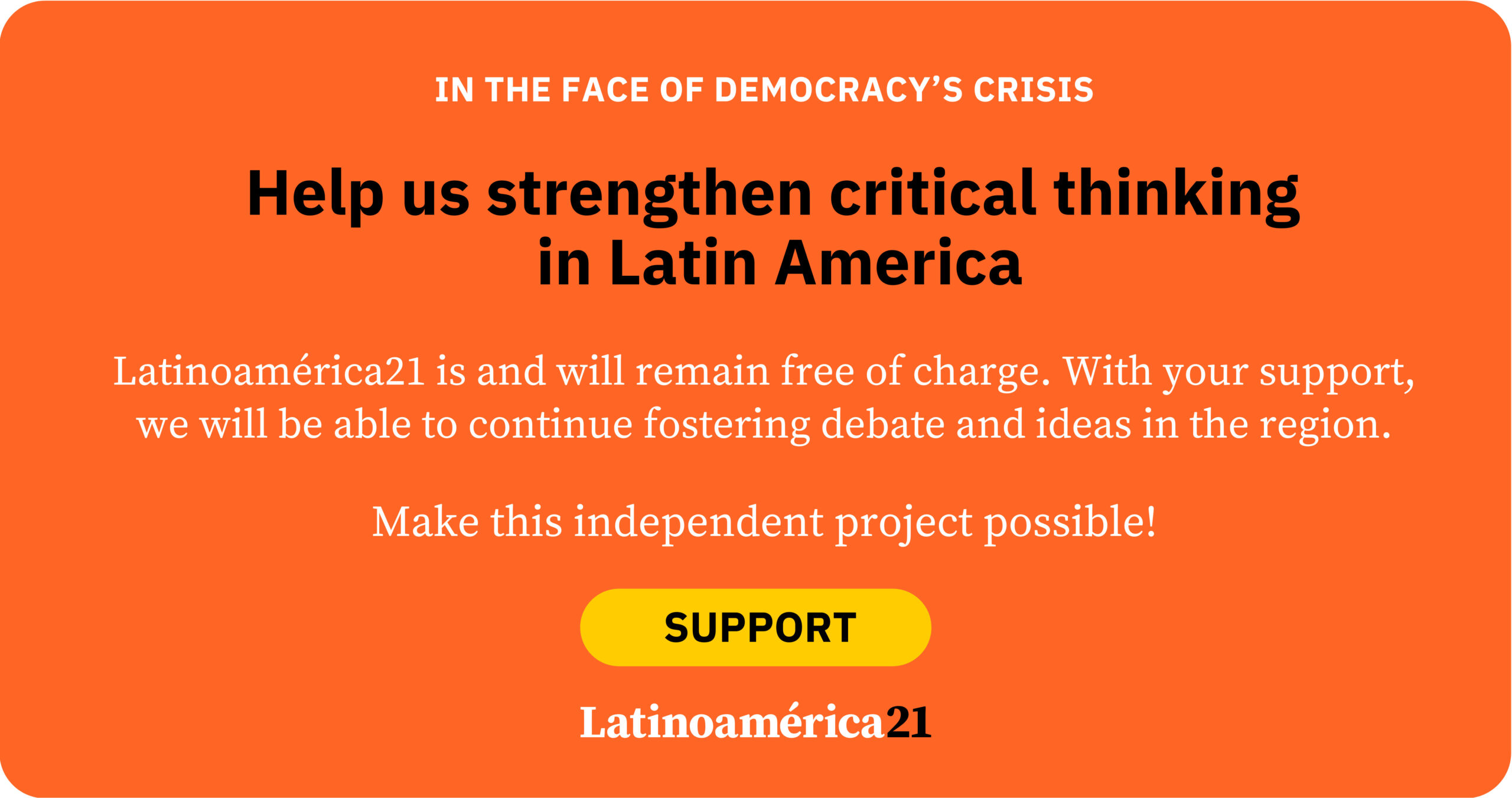Latin America and the Caribbean are undergoing a vertiginous digital transformation. Social media, algorithms and artificial intelligence have become an integral part of everyday life. At the same time, new technologies are generating a significant environmental impact and putting pressure on natural ecosystems.
Between progress and risk lies an opportunity: to catalyze human development by designing technologies inspired by the forms and processes of nature, in search of a new balance between innovation, sustainability and collective well-being.
Biomimicry: a path to a more sustainable AI
In nature, efficiency is rarely a coincidence. Humpback whales, for instance, impress not only with their size but also with the sophisticated engineering of their bodies: the bumps on their fins allow them to maneuver with agility, while the texture of their skin reduces friction.
These principles have inspired more stable wind turbines and high-speed ships with lower fuel consumption. Similarly, artificial intelligence (AI) could benefit from a redesign based on biological processes, known as biomimicry: from computing architectures that imitate mycelium networks to optimize data flow, to cooling systems modeled on termite mounds to save energy, or algorithms that, like photosynthesis, drive clean energy.
AI promises to transform the global economy. In Latin America and the Caribbean (LAC), AI is projected to contribute up to 5.4% of the regional GDP by 2030, equivalent to around USD 0.5 trillion. However, this revolution is advancing alongside a growing environmental impact.
The development and training of large language models demand vast resources. Between 2020 and 2023, operational greenhouse gas emissions of Alphabet, Amazon and Microsoft grew by 62% and their electricity use by 78%, surpassing 100 TWh (equal to the annual consumption of Colombia and the Dominican Republic combined). In 2022, Google and Microsoft also increased water usage in their data centers by 20% and 34%, respectively. In Latin America, the installation of data centers has already generated tensions, particularly in water-stressed regions such as Chile, Mexico and Uruguay. Recent projects have been questioned regarding the sustainability of this resource-intensive model.
Given this scenario, it is urgent to rethink the architecture of AI. Biomimicry offers an inspiring path to reducing its environmental footprint. As with the aforementioned examples, the forms, processes and ecosystems of nature have the potential to allow for energy savings and increases in the capacity and stability of renewable energy generation, particularly solar and wind. The integration of biomimetic principles, still in its early stages, into the design and operation of AI could be the difference between a sustainable development model and one that deepens ecological crises.
Latin America: a reservoir of ideas for innovation
Latin America and the Caribbean hold 60% of global terrestrial biodiversity and vast mineral resources, giving them a unique opportunity in this transition. Biodiversity can become an inexhaustible source of bio-inspired innovation, positioning the region as a leader in global technological solutions.
This path requires a profound shift in mindset and industrial policy. Today, much of the region’s bio-innovation remains focused on exploiting natural compounds for cosmetics or agro-industry, without a systemic approach to sustainability or a focus on local development in the areas where this biodiversity is located.
For AI to become an ally rather than a threat to biodiversity in Latin America, policies are needed to foster biomimicry, ensure responsible access to data and strengthen a regional innovation ecosystem. Equally essential is the training of a new generation of scientists, engineers and entrepreneurs working at the intersection of biology, AI and sustainable design.
From potential to action: the role of governments and other actors in biomimetic AI
The lack of digital infrastructure and computing capabilities limits the development of AI models in the region. Many universities lack specialized laboratories, while the brain drain undermines local innovation. Added to this is the dependence on imported hardware and software, which exposes countries to geopolitical supply chain disruptions and the volatility of strategic inputs such as semiconductors.
Even in cases where technical capabilities exist, regulatory frameworks are insufficient or outdated, hindering access to biodiversity data and slowing collaboration among public, private and community actors.
Relying on the market alone to channel the necessary investments into biomimetic AI is naïve, given the large number of actors prioritizing immediate profitability over long-term sustainability. Leveraging biodiversity for technological design requires policies that integrate science, industry and conservation. Governments must set sustainability standards, fund interdisciplinary research, ensure sovereignty over environmental data and create regional hubs that bring together engineers, biologists and entrepreneurs.
There is also good news in this field. At the upcoming COP30 to be held in Belém, on the edge of the Brazilian Amazon, the TIDE Center at the University of Oxford will launch an initiative to design energy efficiency and renewable energy solutions inspired by nature, led by startups and research centers in the region.
This digital revolution does not have to become a new extractive cycle of nature. It can and must be an opportunity to reconcile with it. As whales teach us, sometimes the most advanced solutions have been right in front of our eyes—or swimming in the ocean—for millions of years.
This article presents a preview of the 2025 Regional Human Development Report, entitled “Under Pressure: Recalibrating the Future of Development,” prepared by the United Nations Development Programme (UNDP) in Latin America and the Caribbean.















